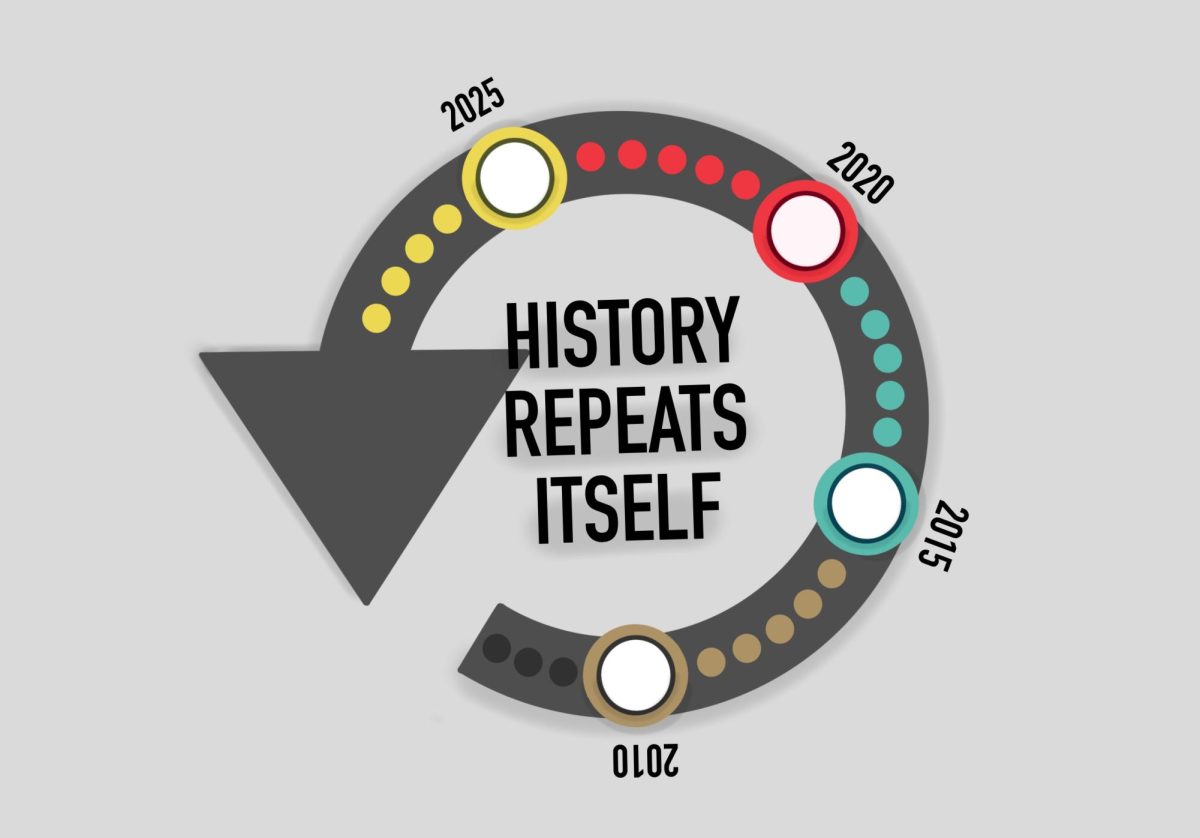Workers at Amazon’s warehouse in Staten Island made history on April 1 by voting to form the first-ever Amazon labor union in the United States.
In a shocking turn of events, two Staten Island Amazon employees — Christian Smalls and Derrick Palmer — managed to successfully organize their colleagues and friends from the ground up, without support from national labor organizations, according to the New York Times.
This move exemplifies the steadily increasing power of the labor movement in the United States. Last December, Starbucks workers in Buffalo, New York also voted to unionize, creating the first Starbucks union in the country. Since then, more than 100 U.S. locations have begun to follow suit by filing for union recognition.
This isn’t just a win for U.S. unions, whose memberships have been in decline for years, according to the Bureau of Labor Statistics. It is, more importantly, a win for the American worker.
There’s a crucial similarity between Staten Island warehouse workers, Buffalo baristas, Minneapolis teachers (who, on March 25, reached a tentative agreement with Minneapolis Public Schools to end their weeks-long strike) and every other U.S. worker. While the job descriptions may differ, workers across the board are united in the struggle to reconcile stagnant wages with soaring costs of living and to justify even working at all when, for some, it is unclear whether present-day wages will be able to cover a home or retirement.
In this struggle, then, Amazon is a shoo-in for the role of antagonist. One only needs to recall a handful of recent controversies before this designation seems justified. Last March, Amazon came under fire for implementing delivery quotas so harsh that some drivers said they had no option other than to urinate or even defecate en route. A union-backed report published last July cited Amazon’s “obsession with speed” as one of the reasons why its warehouse workers are injured more frequently and more severely than workers in non-Amazon warehouses. That same month, as the cogs and gears of Amazon’s $1 trillion machine turned, Amazon founder Jeff Bezos took a multi-billion dollar field trip to space.
If we choose to see this metaphor through, the Amazon Labor Union is the underdog, the David to Amazon’s Goliath, whose victory represents the slowly increasing power of the worker amidst a backdrop of a reckoning over labor: the “Great Resignation.” The U.S. saw a 20-year record-high rate of job quitting in 2021, with workers citing low pay, minimal advancement opportunities and feeling disrespected at work as some of their top reasons for jumping ship.
I hope that the Amazon Labor Union’s victory is contagious. There is strength in grassroots organizing, and this win proves it. There is also strength in numbers. These days, leveraging collective bargaining power — be it through unionizing, striking or other forms of collaboration — often seems to be the only way to combat labor exploitation.
This “contagion” may be spreading already. Following the Amazon Labor Union’s win, workers at over 50 Amazon warehouse locations have contacted the organizers in the hopes of potentially forming their own unions.
“The revolution is here,” The Guardian reported Smalls as saying.














